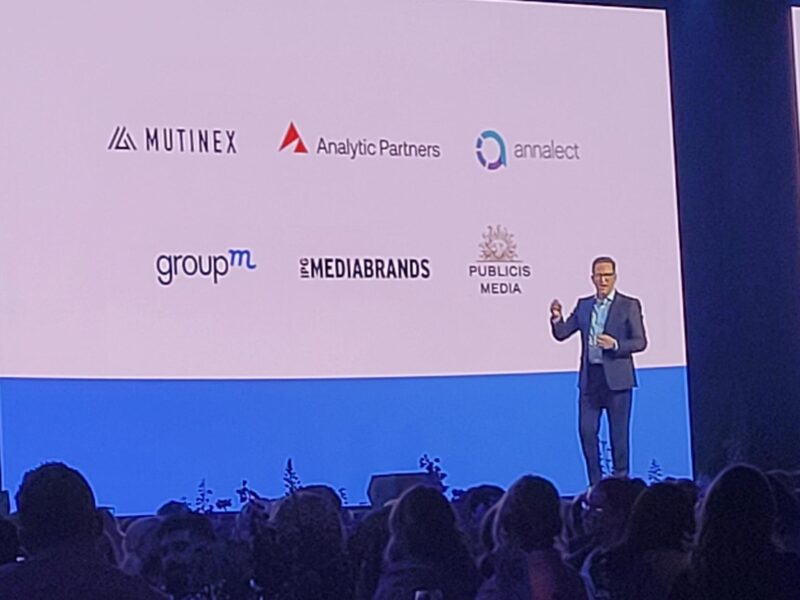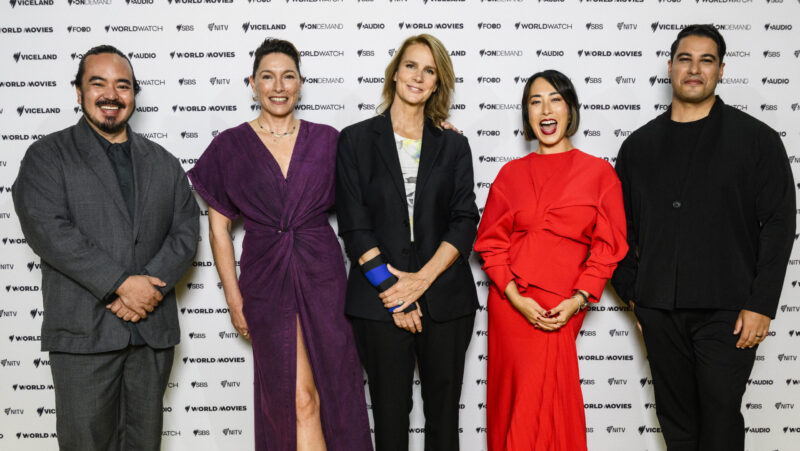What lessons should we draw from the 2025 Upfronts season?
The Upfronts season for 2025 has now wrapped up. TrinityP3’s Stephen Wright looks at the themes, lessons and callouts for all parts of the ecosystem.
CMOs and media buyers can breathe a sigh of relief – another Upfronts season has now concluded.
Traditionally built for the television networks (read: Channels 7, 9, 10) Upfronts have evolved from a few simple presentations featuring content bought from US studios into a full-blown months-long season where everyone presents.
TikTok, YouTube, Amazon, Mamamia, Are Media, heck, even the ABC* (which last time I checked doesn’t sell ads) is getting in on the Upfronts action…
For clients and agencies the Upfronts season has become more marathon than sprint. And after speaking with media buyers on the condition of anonymity, here are some key take outs from this season:
Media agencies noted to me that this year’s season was less showy and had less hype than in previous years. Gone are Upfronts with roller coasters and ferris wheels or multimillion dollar budgets that paid for an ICC Showcase parked right in the middle of SXSW Sydney.
Instead low-key lunches or studio briefings were more on the menu. But there was noticeably less content this year and some have remarked to me it felt as if the Australian media providers are potentially being starved of money for new programming investment.
At a minimum that is clearly the impression that some buyers left with, along with a growing sense that new content and ideas are increasingly the realm of the SVOD streamers, think Paramount+, Amazon and Netflix who are all playing a global game. It will be interesting to see if Australia’s TV/video content industry can shift that growing perception next year.

Michael Stephenson at Nine Upfront
When you ask some of the key CMOs and buyers what stood out to them it’s that they saw a more considered approach from all this year – grounded in delivery, measurement and addressability. There was a clear recognition that measurement is money – exemplified by Nine’s new MMM partnership initiative (expect others to follow, assuming it works for the media company).
Among the video players, 2025’s Upfronts season also had a clear emphasis on Total TV recognised by everyone but there is also a question mark over the looming measurement war we are about to see between OzTAM and Foxtel. Dueling currencies will complicate seamless integrated measurement across platforms (and that’s before you get to measuring TikTok, YouTube or Meta as part of the growing video buy).
When I asked buyers who stood out there seemed to be three presentations that were foremost in their minds:
First Nine, who announced six MMM partnerships that will assess the effectiveness of television as a medium. The broadcaster has made great hay of the $30 million in inventory (read: bonus spots) but it’s impressive that 14 major clients are already engaged and it was smart of Michael Stephenson and team to play into accountability and outcomes.
While it didn’t have the media attention of its rivals, Amazon Ads were also reportedly impressive. Wille Pang presented their global offering and they were one of the few to announce new content. The lesson here is Amazon would be one of the few media providers rolling in cash and still able to invest in content (eg. The Office Australia). In part this is because Amazon Prime is less a media play, than it is a retail play, one designed to ensure the consumer maintains their expedited delivery option.

Adam Liaw, Claudia Karvan, Rachel Griffiths, Melissa Leong and Marc Fennell
Hybrid funded broadcaster, SBS, also got positive reviews with a digitally-led, future focused presentation that showcased not just diversity and inclusion (as you’d expect of them) but also sustainability. The multicultural broadcaster has built out a clear position here at a time when we are seeing greater client focus on this important topic from both the AANA and also all the industry bodies with the launch of Ad Net Zero. It will be interesting to see if SBS can turn this into a commercial advantage.
As ever, Upfronts had a few big announcements that perhaps didn’t necessarily get the attention they perhaps warranted eg. Google launching independent measurement through IPSOS is a big deal when the platform has traditionally avoided third party measurement. Likewise the introduction of sport to BINGE didn’t immediately gather headlines as a competitive play against Seven and Nine but some later questioned if it might evolve to become that. Foxtel’s release declares it wants to “disrupt the streaming game” but it will be interesting to see what impact BINGE broadcasting simulcast ad-free NRL and AFL games on Thursdays, Fridays and Sundays has on its Free-To-Air TV rivals’ audiences.

Jeff Howard, Katie Finney, Angus Ross, and Gereurd Roberts
Ultimately, the thing that stands out from this year’s Upfront season is disruption. We all know the pace of change in our industry is only accelerating and media owners (all of them) are now using Upfronts as a platform to try and lock in a greater share for 2025. The ability to successfully do this becomes a real challenge, especially in a landscape that continues to fragment.
Looking ahead to next year’s Upfront season, we might hope to see a renewed focus on local Australian content, paired with the same measured approach to delivery, measurement, and addressability that was a touchstone of this year’s season.

Stephen Wright is Global Media Business Director of TrinityP3
*The ABC Upfront is more a media launch and is actually next week but for the purposes of this advertiser audience let’s all call the Upfronts season done… (phew!)

